Adidas 4D Run 1.0 review: is this the future of road running shoes?
The Adidas 4d Run 1.0's functional 3D-printed soles might be groundbreaking tech but they need further refinement to reach their maximum potential
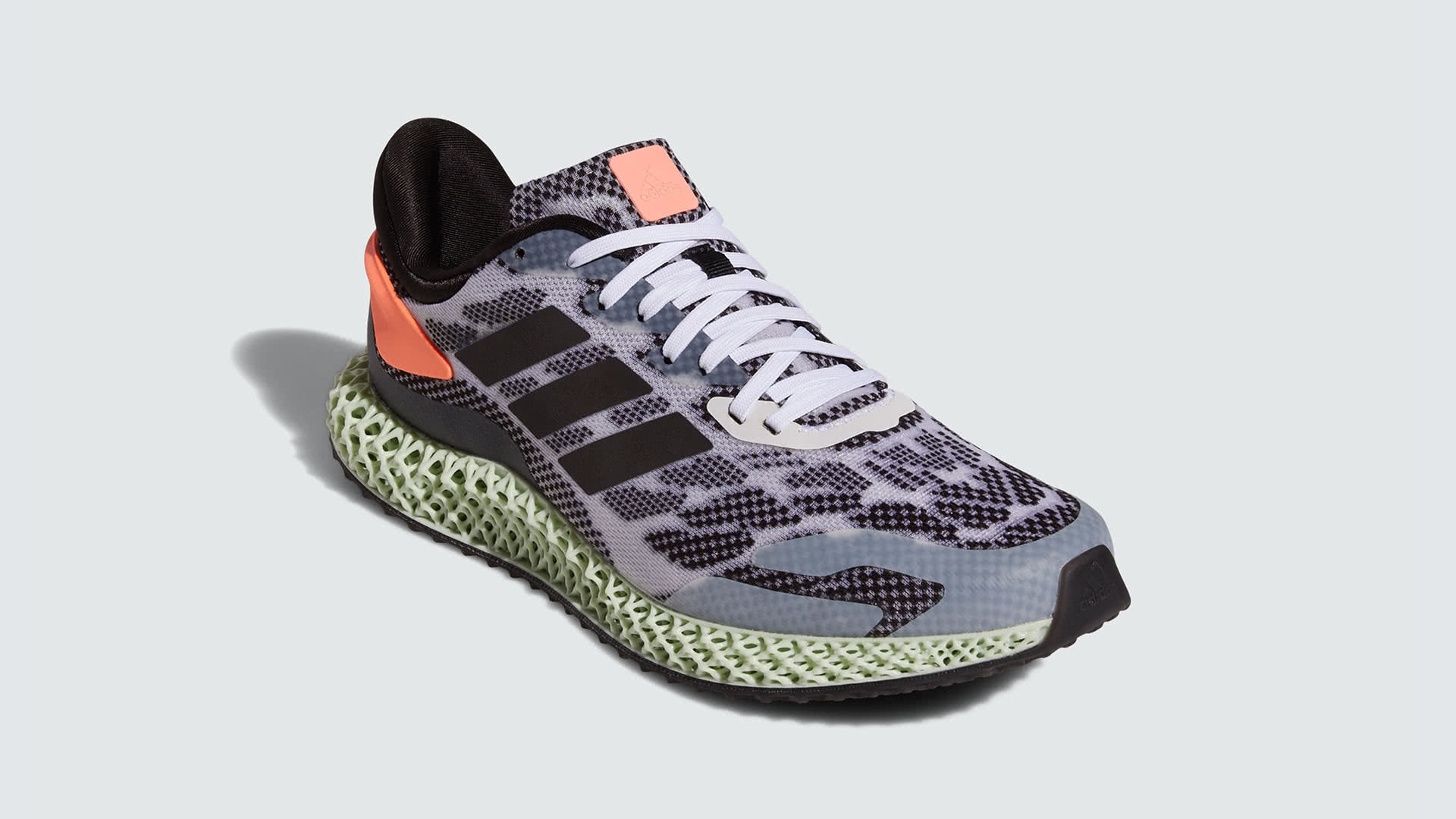
More of a running sneaker than actual performance running shoe, the Adidas 4D Run 1.0 sports a unique 3D-printed lattice sole that's a bit on the heavy side, despite being made of oxygen and light. the shoes are also a bit tight so going half size up is recommended. Based on my experience running in the Adidas 4D Run 1.0, the future of running shoe technology is not quite here just yet but these shoes show a lot of potential nevertheless.
-
+
Unique 3D-printed soles is an interesting concept
-
+
Feels secure and well-padded
-
+
Upper follows the contour of the foot closely
-
+
Good traction
-
-
Go half size up
-
-
Heavy beast
Why you can trust T3

Adidas 4D Run 1.0 – Key Specs
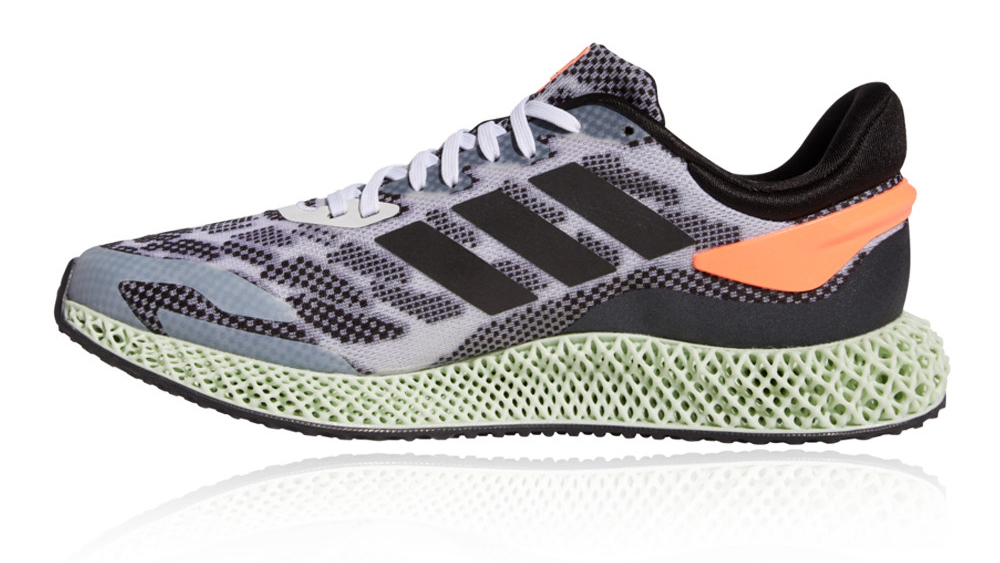
Weight: 395 grams (men's UK10)
Drop: 10 mm (28mm/18mm) [manufacturer's numbers]
Price: £169.95/$220
Colour: Cloud White / Core Black / Signal Coral
Characteristics: robust, tight, well-padded heel, long laces, sneaker-vibes
What made me look forward to this Adidas 4D Run 1.0 review was a visit to the Adidas headquarters in Herzogenaurach in January 2020, when I had the pleasure to interview Sam Handy, VP of design/running at Adidas. According to Sam, the future for Adidas running is not carbon plates and churning out Nike Vaporfly alternatives, but moving towards sustainability and 3D printing.
Enter the Adidas 4D Run 1.0 running shoes. These running shoes feature a 3D-printed lattice structure which in itself wouldn't be to exciting: 3D-printing is not a big deal in 2020. What makes sole of the Adidas 4D Run 1.0 interesting is that it provides different running dynamics in the different areas of the sole.
• Buy the Adidas 4D Run 1.0 directly from Adidas
• Buy the Adidas 4D Run 1.0 at SportsShoes.com
The lattice is softer under the heel to reduce the impact force when landing and rolls at the forefoot to help you transition faster. 'Standard' running shoes – not like there are many left of those nowadays – achieve this effect by glueing/pressing different materials together: you have EVA foam, carbon plates, rubber and so on.
Interesting it might be, the Adidas 4D Run 1.0 is not perfect: it is a bit heavy and, for some reason, also undersized a bit which is unusual from Adidas but thankfully, you can just buy a larger size to eliminate the latter issue. It might be the future of running but the 3D-printed sole of the Adidas 4D Run 1.0 needs further refinement to be able to compete with the best running shoes of this day and age.
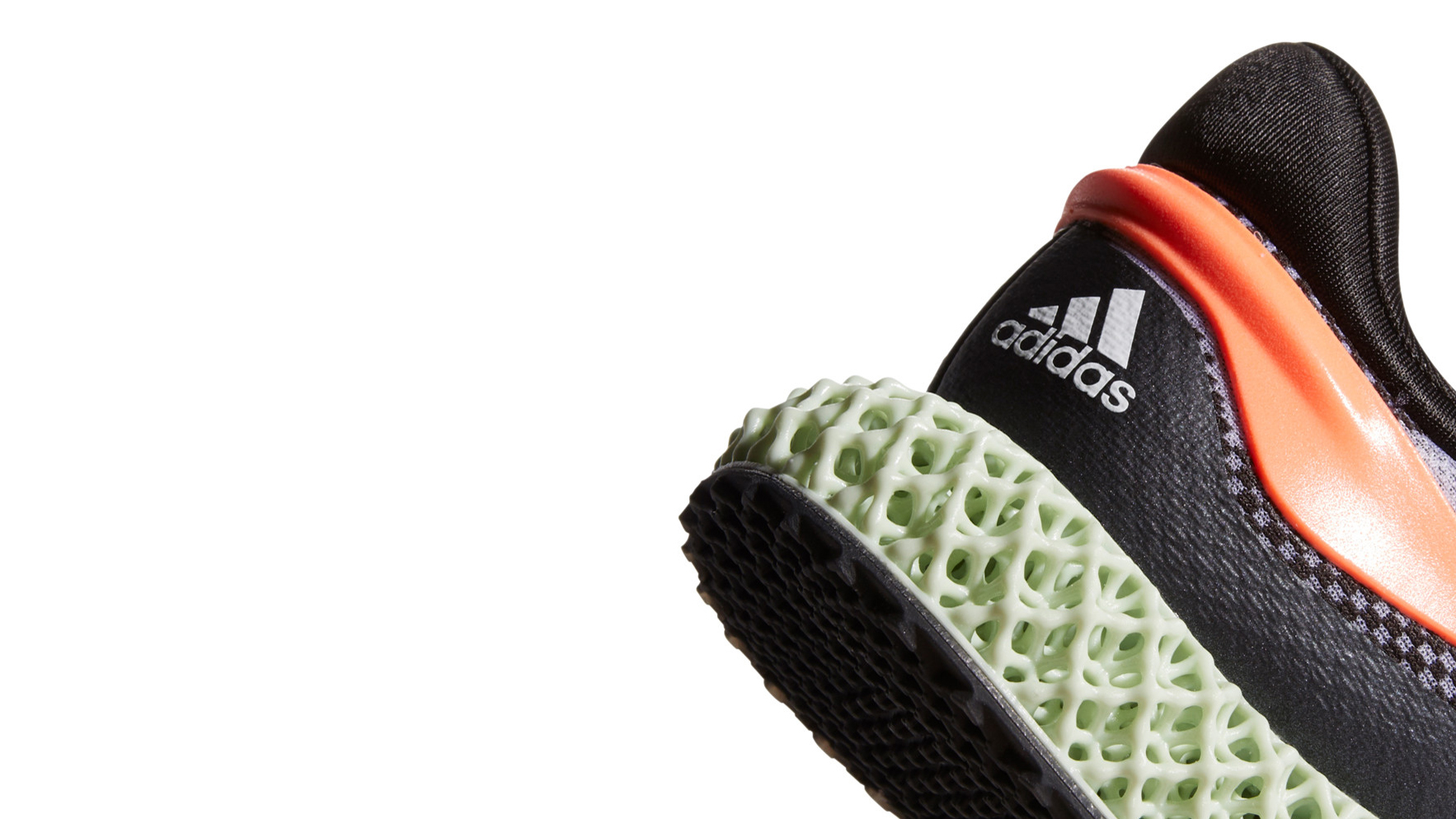
Adidas 4D Run 1.0 review: the tech
Despite being such a innovative shoe, there isn't much information available on what tech is involved in the Adidas 4D Run 1.0. The showstopper is definitely the 3D printed sole: it is a result of the collaboration between Adidas and Carbon, a California-based firm specialising in 3D printing.
And we are not talking about any ol' 3D printing either. The “4D” bit in the name refers to the printing process that is enabled by Digital Light Synthesis – the next-generation of 3D-printing – but according to Adidas, it is athlete data that makes 4D truly unique.
It is being emphasised everywhere that the shoes were "programmed with 17 years of athlete data" to ensure the Adidas 4D Run 1.0 is provides enough stability, comfort and cushioning to every runner. Truth to be told, it's hard refute such claims but let's just assume that it's true and the 3D printed lattice sole is the cumulation of almost two decades' worth of data.
At the top of the shoes you'll find the Primeknit upper which is the same technology used in most high-end Adidas running shoes. I personally like the fit of the Primeknit shoes and the Adidas 4D Run 1.0 is no different, despite it being on the snug side.
- Hoka One One Rocket X review: light delight carbon-assisted long-distance running trainers
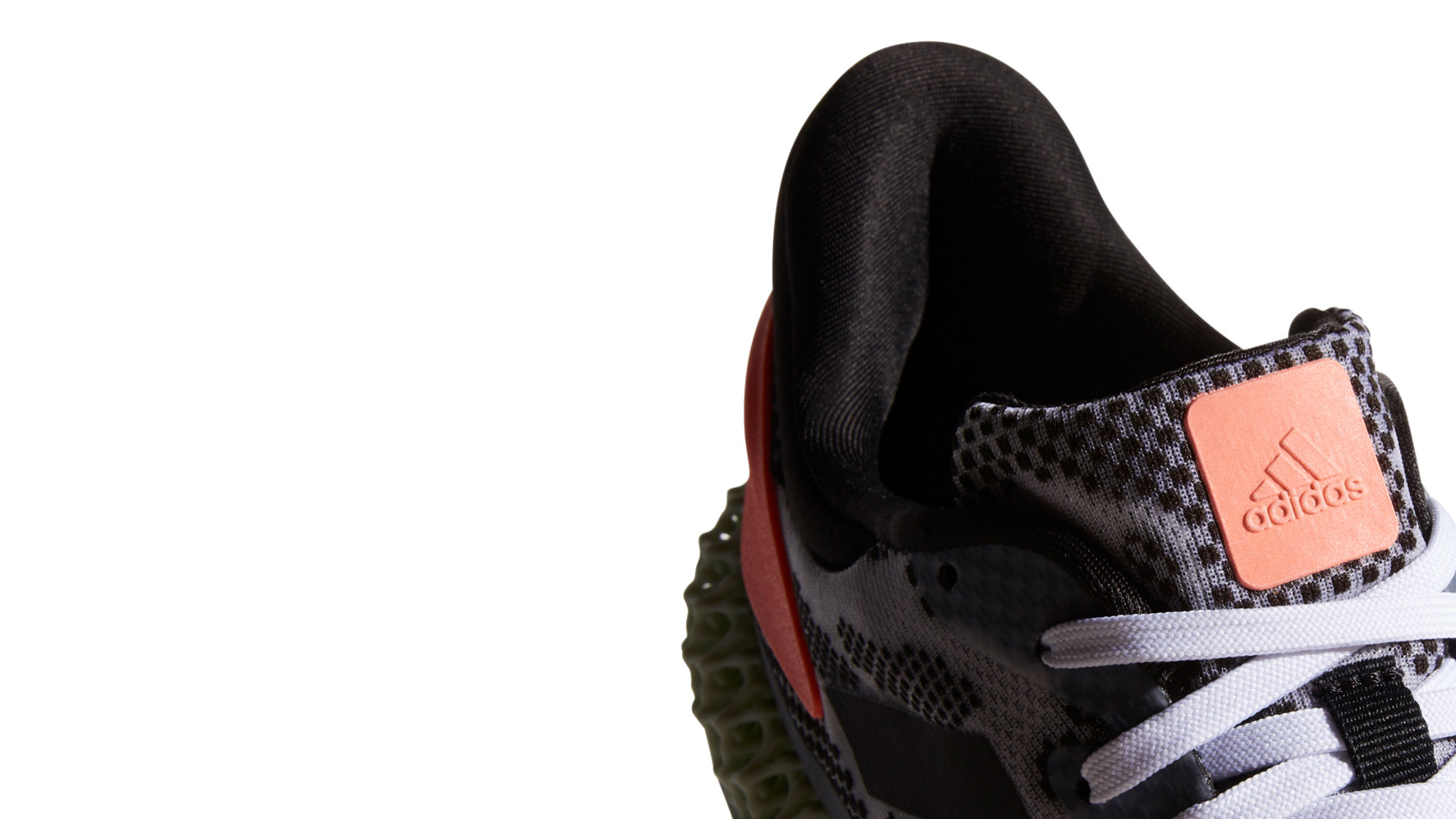
Adidas 4D Run 1.0 review: the ergonomics
The first thing I noticed when I slipped my feet in the Adidas 4D Run 1.0 was the padding around the heel and the chunky collar of the shoes. Your heels feel secure and locked in but not restricted which is probably the best combination of sensations in a running shoe.
The Primeknit upper follows the shape of the foot well and even the reinforced parts aren't too rigid so they would hold the fabric away from the body, creating an unnecessary hollow area. It is worth mentioning that the Adidas 4D Run 1.0 is rather tight so I'd recommend going half a size up when you order them online. Or, you know, you can just visit a local running shop and have your feet sized up.
The 3D sole is slightly curved but not as aggressively as some other long distance race shoes like the Saucony Endorphin Pro or the ASICS Metaracer. The Adidas 4D Run 1.0 is also on the heavy side: a size 10 (UK) weighs just under 400 grams (395 grams). Compare it with the Endorphin Pro's 238 grams (that's size 10.5) and the new On Cloudboom's 247 grams (size 10).
The 10 mm drop makes the Adidas 4D Run 1.0 more accessible to beginners runners who might feel less fatigued running in these shoes. On last thing to mention is the length of the laces which feel longer than needed but this can be fixed easily.
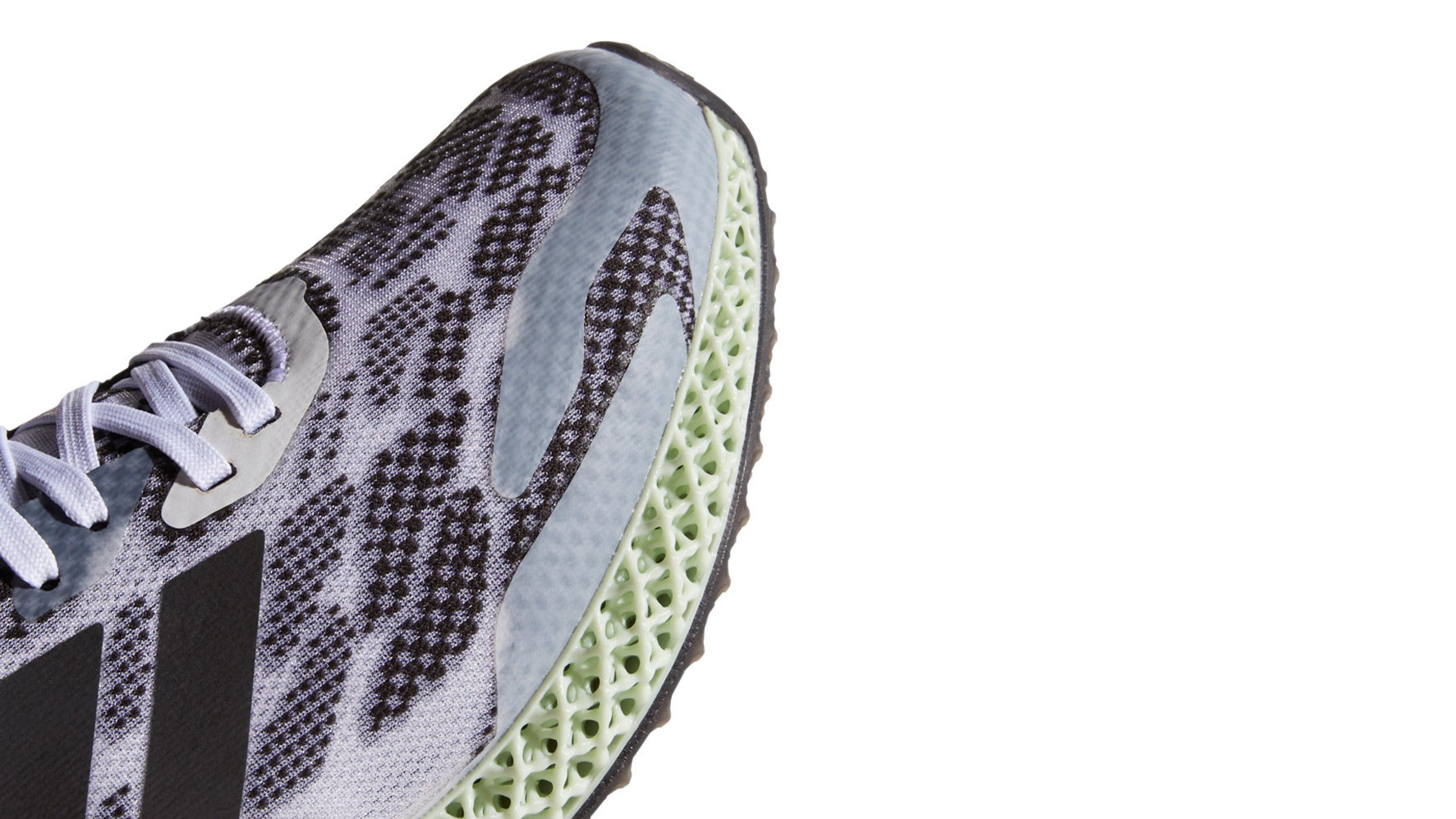
Adidas 4D Run 1.0 review: the aesthetics
The Adidas 4D Run 1.0 has a lot of trainer-like features and much like the Adidas UltraBoost, these shoes can be worn as everyday sneakers too. In true Adidas fashion, there are a million colourways you can choose from and new limited edition varieties are being released on a regular basis too.
The tested Alphaedge model sports a Cloud White / Core Black / Signal Coral colour-combination and definitely looks more peculiar than some of the other colourways. the pale green colour of the sole, the orange detailing, white laces and the patchy, grey-shaded upper creates a unique look that is almost as distinct as the neon colours of the Nike ZoomX Vaporfly NEXT%.
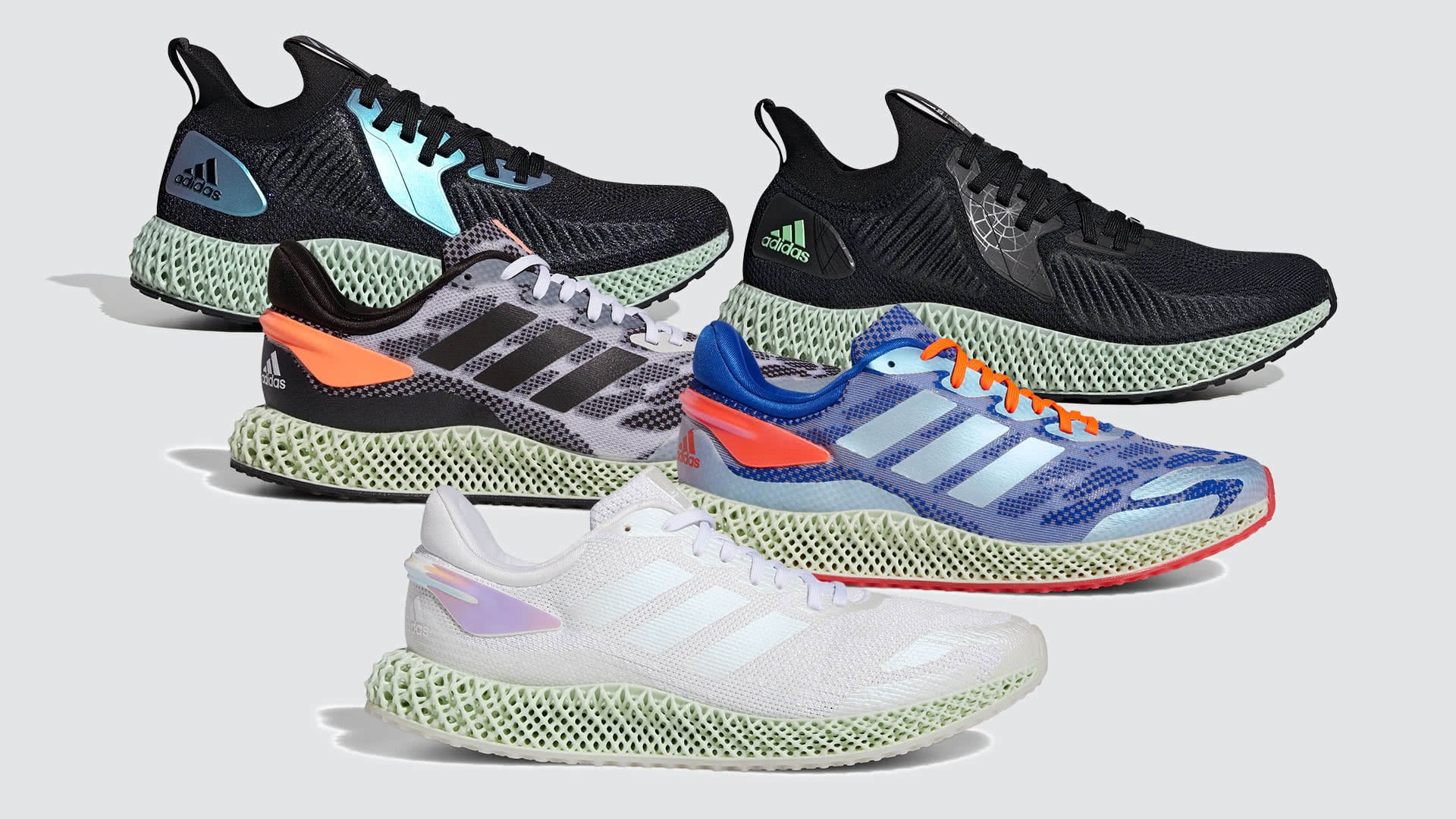
Adidas 4D Run 1.0 review: the verdict
I'm used to recommending high-tech running shoes to races and performance runs but that's not the case with the Adidas 4D Run 1.0. These shoes are for training and casual runs, not for breaking PBs or when you are working hard on improving your VO2 max.
The 3D-printed lattice sole is created with a unique technology that uses light/oxygen only and when you think about it that way, you'll be amazed just how well the Adidas 4D Run 1.0 performs. On the other hand, the sole is rather heavy and doesn't quite deliver top performance (yet).
• Buy the Adidas 4D Run 1.0 directly from Adidas
• Buy the Adidas 4D Run 1.0 at SportsShoes.com
I would recommend going half size up as the Adidas 4D Run 1.0 is a bit on the tight side, despite the Primeknit upper and the padded heel counter being comfortable and cosy. The laces are also a bit too long too and unless tucked away somewhere, they flap around quite a lot as you run.
You won't see many top runners winning marathons wearing the Adidas 4D Run 1.0 but these shoes might work well for people who like running shoes from top brands and don't run for performance purposes. And let's face it, there are many of those out there at the moment. Not like it's a problem.
Recommended for: as an everyday trainer, jogging and short- to mid-distance runs.
Sign up to the T3 newsletter for smarter living straight to your inbox
Get all the latest news, reviews, deals and buying guides on gorgeous tech, home and active products from the T3 experts

Matt Kollat is a journalist and content creator who works for T3.com and its magazine counterpart as an Active Editor. His areas of expertise include wearables, drones, fitness equipment, nutrition and outdoor gear. He joined T3 in 2019. His byline appears in several publications, including Techradar and Fit&Well, and more. Matt also collaborated with other content creators (e.g. Garage Gym Reviews) and judged many awards, such as the European Specialist Sports Nutrition Alliance's ESSNawards. When he isn't working out, running or cycling, you'll find him roaming the countryside and trying out new podcasting and content creation equipment.
-
 Gossamer Gear's Grit 28 is a masterclass in ultralight backpack design
Gossamer Gear's Grit 28 is a masterclass in ultralight backpack designTrail runners and fastpackers, take note
By Matt Kollat Published
-
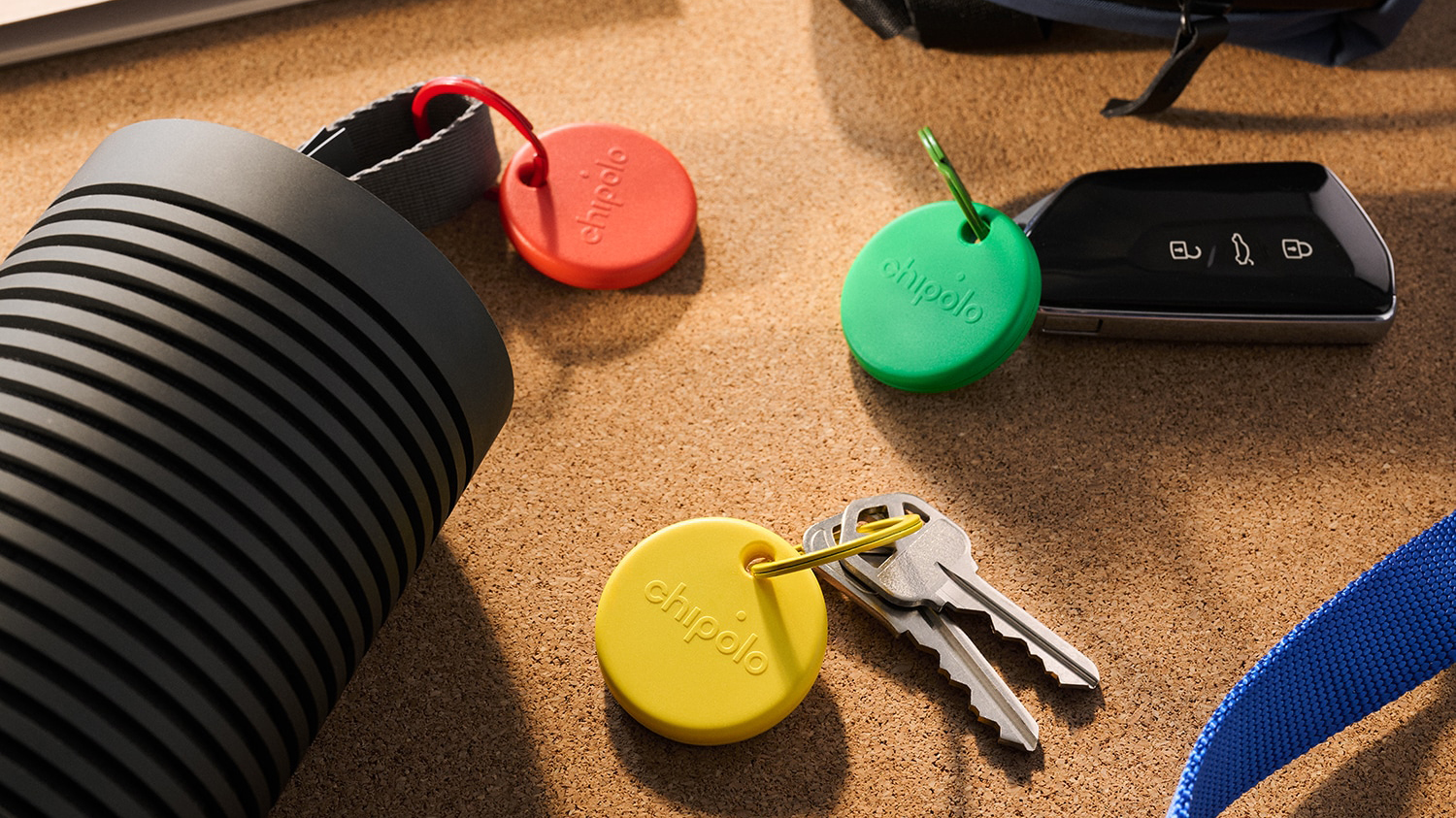 Forget AirTag, Chipolo's new Bluetooth tracker adds a dash of colour
Forget AirTag, Chipolo's new Bluetooth tracker adds a dash of colourChipolo's Pop tracker works with both Apple's Find My and Google's Find My Device – so you can track whichever platform you're using
By Mike Lowe Published
-
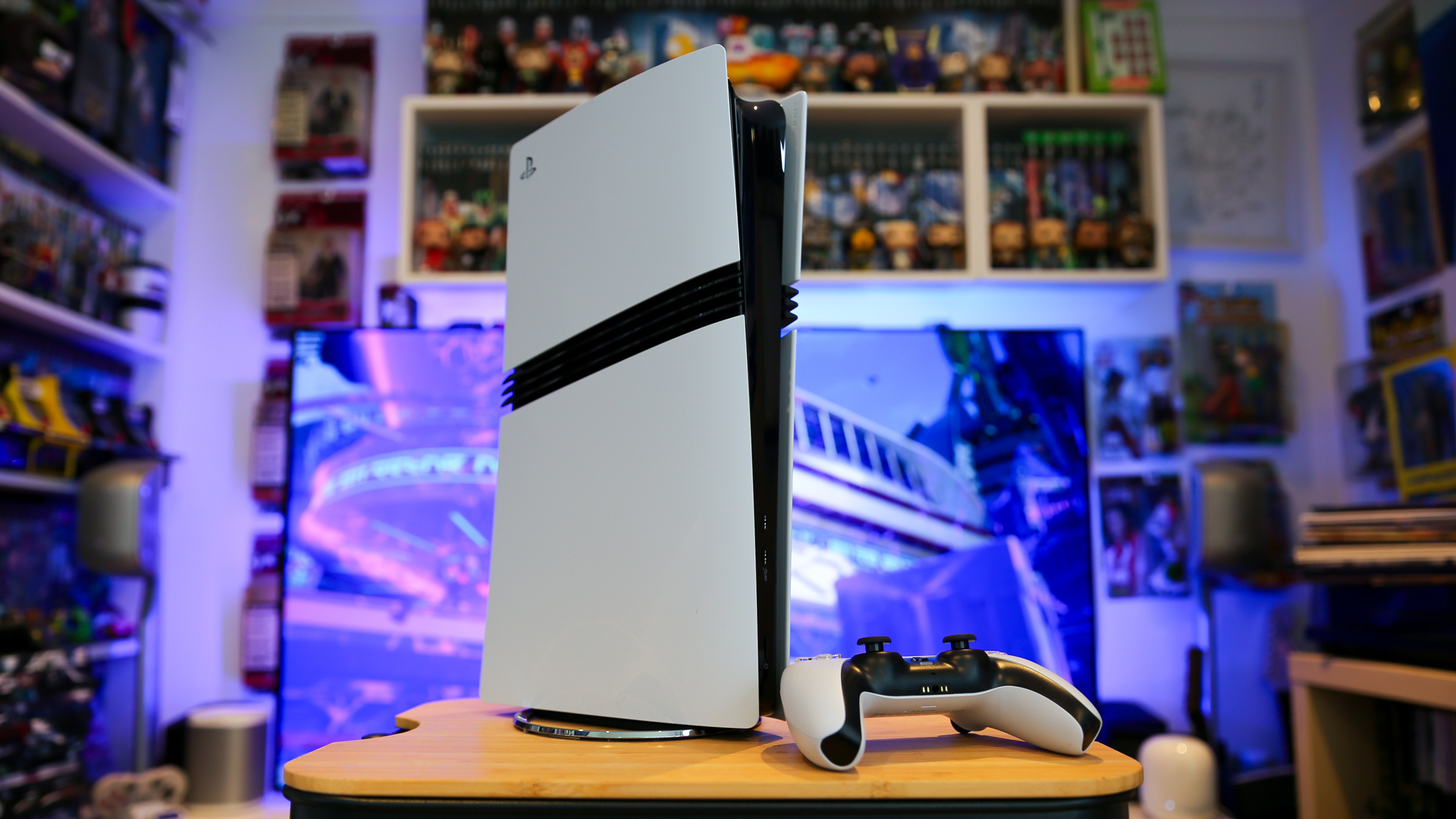 The 5 luxury PS5 Pro accessories I can't live without – How to upgrade your PlayStation in style
The 5 luxury PS5 Pro accessories I can't live without – How to upgrade your PlayStation in styleIf you want a better experience for your PS5 Pro, you need these luxury upgrades
By Max Freeman-Mills Published